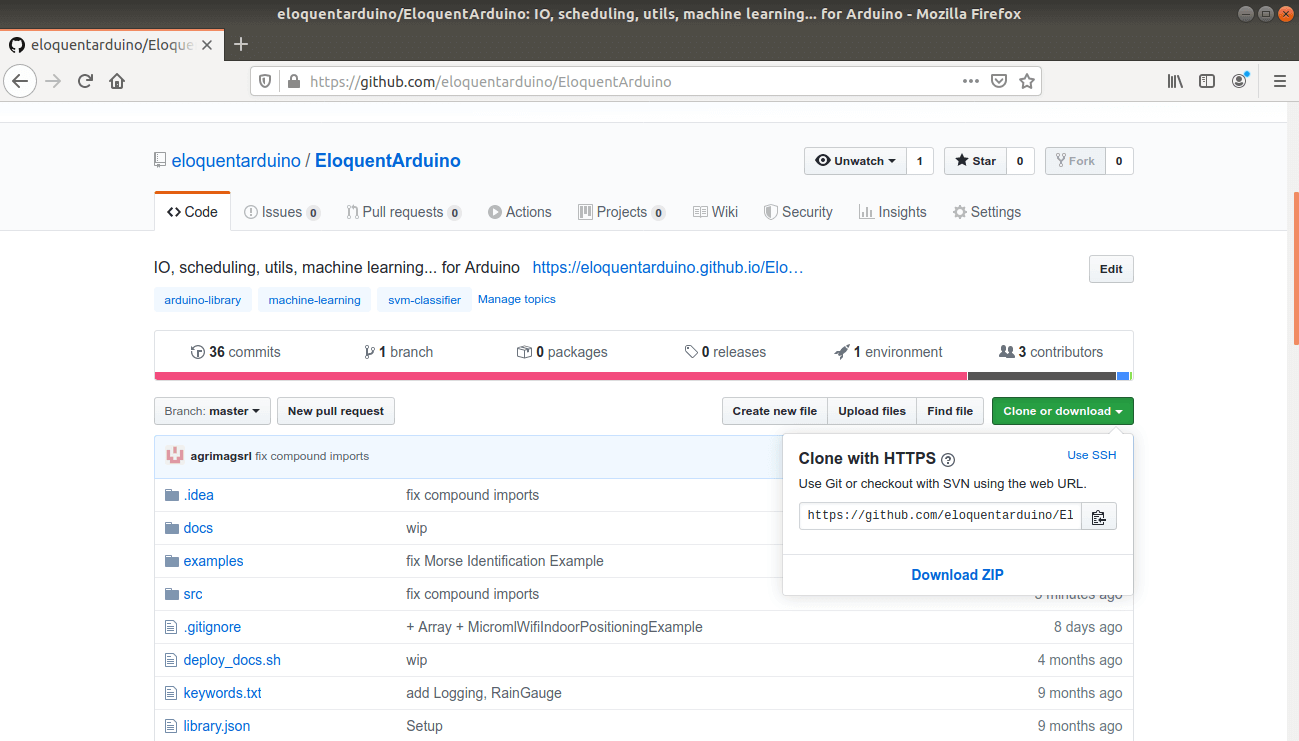

#TORTOISEHG CREATE REPOSITORY FROM EXISTING FOLDER UPDATE#
To update your local copy of the repo, first take a look at the changes that have been made to the source repo using the incoming command: As changes are made to the repo you copied from you will probably want to update your repo with those changes. So now you have a copy of a repo stored locally. The tip revision is the changeset most recently added to the repository (and therefore the most recently changed head) and the tip tag is special and cannot be renamed or assigned to a different changeset.

There is a head changeset for each branch that exists in the repo, and there can be multiple heads with the same branch name. Changesets that don’t have any children are called head changesets, or heads. The commit command creates a new changset, assigns it a rev and ID, and records the parent of the changeset (except in the case of the root changeset). So when working with a local repo it is easier to type the small numbers used to identify a changeset, while still having a unique ID across all copies of the repo in order to identify a changeset. Changesets are assigned revision numbers, which are unique to a repo but not to other copies of the repo, and an identifier, consisting of 12 hex digits, which is unique across all copies of a repo. The term is often abbreviated to change or cset and is also referred to as a revision or a rev. Every repo is complete and independent from any other repos for the project.A changeset is an identified set of changes made to one or more files in a repo. Hg refers to the set of files that make up a project as a repository, or repo. Mercurial, a/k/a Hg, is a source code management tool.


 0 kommentar(er)
0 kommentar(er)
